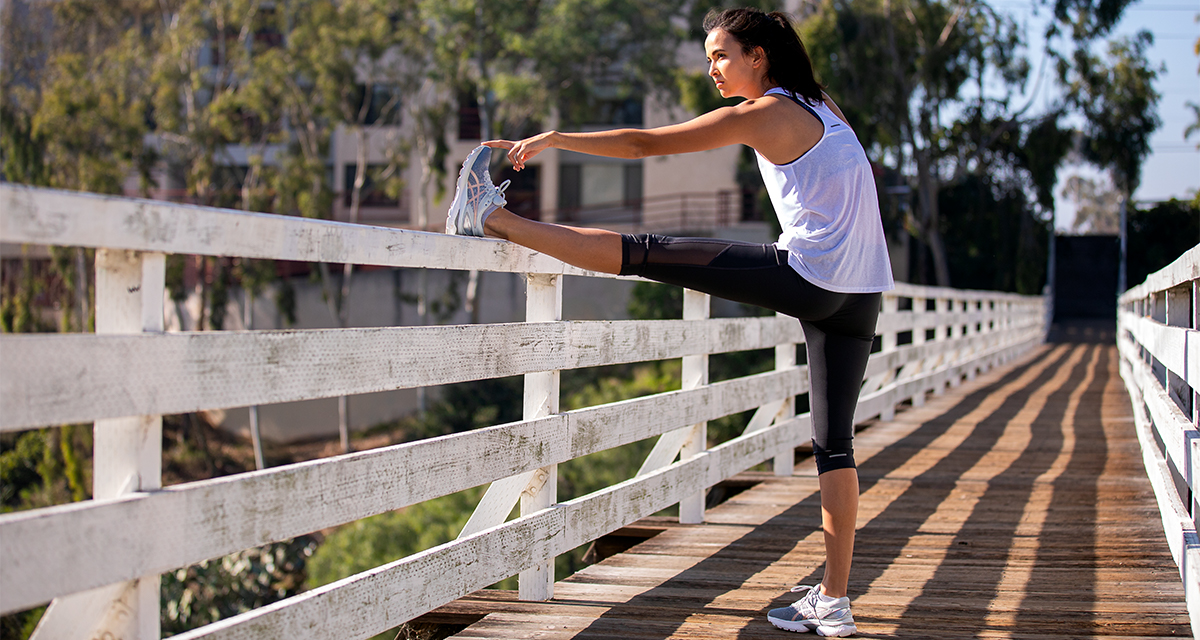So you’re ready to start running. That’s great! But is your body ready?
Whether you’re new to running or just coming back to it after a hiatus, you’re going to want to start slow. Training too hard too fast can lead to overuse injuries like shin splints or tendinopathies. So train smart, not fast, by putting in the groundwork before adding in the miles.
Body prep
The first thing you’ll want to do before running is prepare your body for the physical demands of this sport. Proper strength and flexibility are critical for healthy movement and injury prevention. You should target several muscle groups to make sure your body is strong, sturdy, and powerful, but one set of muscles demands your attention more than others.
If you don’t know where your glutes are, you’re going to want to find them right now (hint: glutes = your butt). A strong set of glutes (gluteus medius and gluteus maximus, to be exact) is key to healthy running. You’re also going to want strong core muscles, quadriceps, hamstrings, and calf muscles. But let’s back it up.
Exercise progression
It takes several weeks to build actual strength, so think about starting a strengthening regimen at least a month before you plan to begin running again or for the first time. Try exercises that target the above muscle groups, beginning with bodyweight exercises (side-lying leg raises, bridges and single-leg bridges, squats, step-ups) and progressing to higher resistance workouts as it feels right (when you feel no pain, and you’re ready for more of a challenge). You can increase resistance by adding weights to your workout routine or tying a resistance band around your ankles for certain hip-strengthening exercises like hip abduction or lateral walking.
Eventually, you’ll want to add some more dynamic exercises and plyometrics that mimic or exaggerate movements that occur naturally during running, like small box jumps, squat jumps, high knees, and walking lunges.
Proper footwear
If you are eager to lace up and get out the door, make sure you have some good new sneakers that feel comfortable and supportive when you walk or jump in them. Don’t expect to hit a 5K (3.2 miles) right away. Give yourself time to build up that endurance.
Run-walk
OK. You’re ready to move. Start with the classic “run-walk” plan. Try jogging 2 minutes, walking 1 minute, and repeating this pattern for up to 10 minutes of running. When running feels more comfortable, extend the running to walking ratio from 2:1 to 3:1 or 5:1 and try and add those minutes up to 10, 15, and eventually 20-minutes and beyond. This can take several weeks. Listen to your body. If something feels tight, stretch it. If you’re feeling winded, slow down.
Run
As good as it might feel (and it’s OK if it doesn’t feel good right away), don’t run every day. Give yourself rest days in between to mix strengthening and stretching workouts with running. Eventually, see if you can go 10 minutes straight before needing to walk. Once you’ve done that, get ready to keep going.
While there are many strategies for getting those first miles in, everybody (and every body) is different. So find what works for you, and enjoy being a part of the purest sport of them all.




